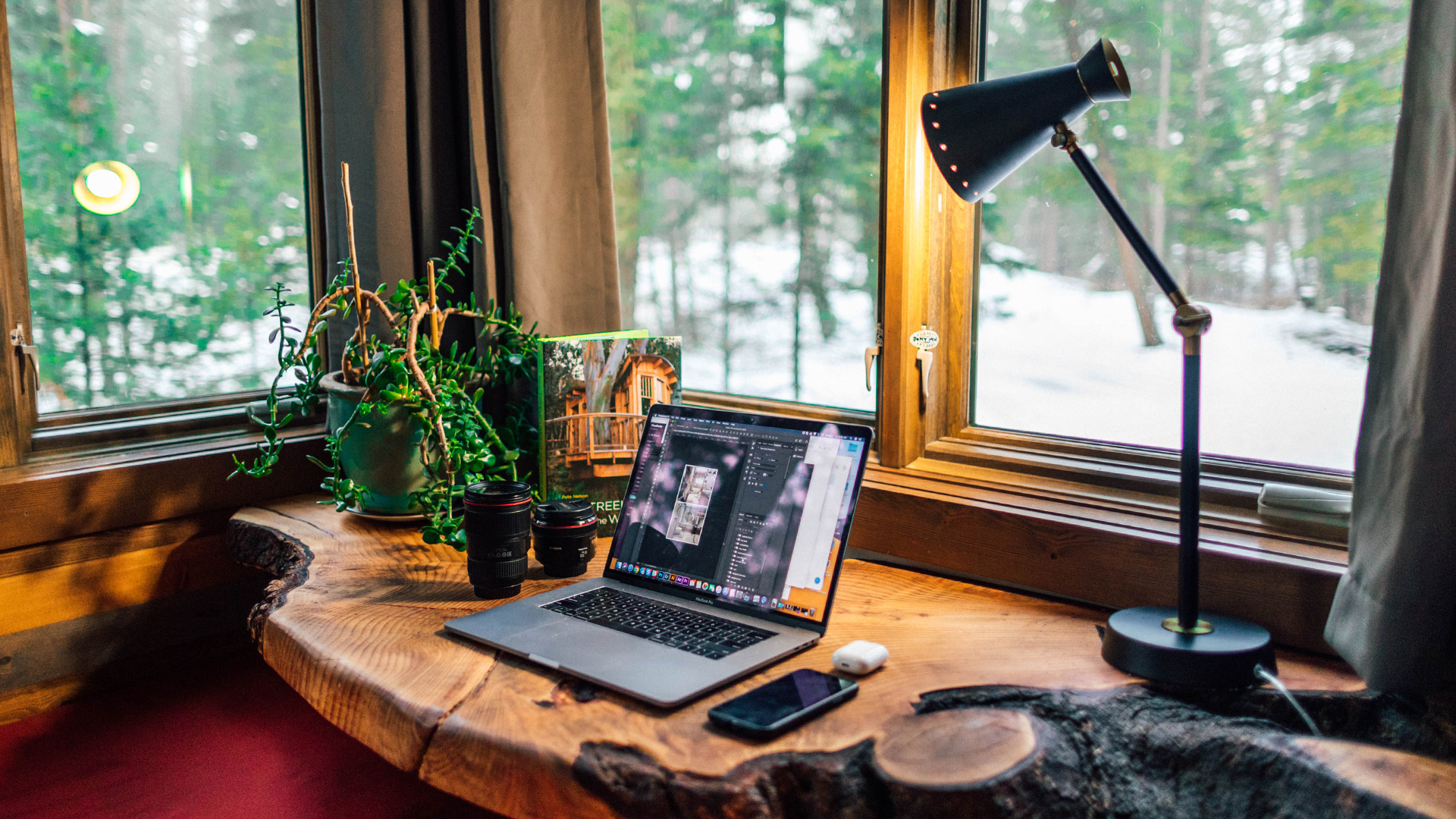Are you one of the many who’ve transitioned into working from home the past couple of months? While countries ease up on restrictions that limit the amount of outside activity allowed (e.g. riding public transportation and going back to the office), some employees still feel apprehensive about moving back to the workplace due to health risks.
After all, until a proper vaccine is discovered, our fight with Covid-19 is far from over. What does that mean for most of us? Two words: new normal.
In terms of getting stuff done, new normal presents its own set of challenges; if you’ve ever tried working from home in any sort of capacity, then you know what we mean.
On top of managing the kids, keeping your spouse happy, or the dozen other distractions at home that can easily throw you off you game, sometimes it’s a struggle to even manage yourself. So, here are 3 of the most practical tips we can think of to help keep your productivity from crashing–and save you from walking on a tightrope trying to keep everything in check at the end of the day.
1. Set a realistic schedule (and stick to it)
It’s one thing to say you’ll do something, but it takes an entirely different level of will power to actually execute and do it–even more so when you’re at the comfort of your own home. This is especially true when you find yourself stuck at home with no one (not your boss or co-workers) to really pattern your day and energy after.
Self-awareness plays a big role in your ability to stick to whatever you’ve set out to do for the day; as you write down your things you hope to accomplish, make sure you’re building up the brainpower required to follow through.
And whether you write it down on a small notepad or a huge whiteboard, it won’t matter if you know that there’s no way to fit all 10 things in your day. In short, be realistic and pace yourself on the amount of work you can do without completely burning out, because that’s a sure fire way to have you end up just as unproductive.
2. Design a personal workflow (Set checkpoints in your mind)
Keyword: personal. Everyone has a different pace in which they work; if you haven’t figured out yours yet, then now’s a critical time to dial that in that pace.
Although it may be challenging for some whose style is to rather go with the flow, having a proper workflow in your head is a lot like having a strategy and checklist for every mission. The reason why we think it’s so important is because usually, working alone can get distracting so quickly–one minute you’re crunching numbers on Excel, and next thing you know, you’re crunching on crisps looking at old vacation photos from this time a year ago on Facebook.
Now, we’re all for reliving the glory days before of old normal, but all we’re saying is that to boost productivity, simple checkpoints such as “complete this task before taking a 15-minute break.” can do wonders in terms of chipping away at your to-do list.
3. Create boundaries and respect them
Last but not least is a bit weird, we know, and you’re probably thinking, “It’s my house and I can do whatever you want in it, whenever.” But in case you haven’t noticed, that dynamic has shifted too in the past months, don’t you think? Your house is now–for better or for worse–your place of work as well.
And just like how you wouldn’t work in the office game room sitting on a bean bag for hours on end, we’d say laying on the couch with a hot laptop on your thighs isn’t the most efficient (not to mention, ergonomic!) way to stay productive, either.
For boosting productivity, we recommend finding a permanent place that meets the following criteria:
Close to as much natural light as possible Ideally, you’d want a place near a window where you can get a view of the outside world, so as to not feel all the more cooped up than you need to be.
A quiet and private space Somewhere far from the living room and definitely not the bed room.
Proper desk and chair setup There are tons of resources for this online, but we recommend at least getting a proper computer chair if you’re the type of person sitting in front of the screen all day as body fatigue is something that is often overlooked and can be detrimental to productivity.
The point is, reserve your comfort spaces for relaxation and downtime and carve out a productivity nook in your house. We say nook because it doesn’t have to be a room at all–the boundaries we’re talking about don’t always have to be separated by physical walls and doors. Whether it’s a room or a corner in your common living area, find a way to make it work and start treating that space with respect.
Bonus Tip: Maintain work-life Balance
Working form home can easily blur the line between work and life (not work). With everything we mentioned above, the same should absolutely be applied to every other aspect of your life–the schedule, the workflow, the boundaries, and respect.
Remember to set boundaries for work time, just as well. Set a certain time for you to start and end work, take frequent breaks in between to stretch or eat or just look at something else other than your computer screen.
Lastly, take advantage of the time you save not having to commute and use it to communicate instead and spend priceless–meaningless as it may seem–time with family, because as much as this pandemic has caused mayhem, it might also be allowing us to refocus on what truly matters.
Up Next
Duncan Solutions achieves remarkable results through Leadership Development and The Predictive Index
Duncan Solutions are an Australian-owned company delivering unified parking and payments solutions for municipalities, private operators, and…
3 Capabilities Ever Manager Must Master
Most managers don’t fail because they don’t care. They fail because they were never shown how to succeed. We see it all the time. High performers…
Why Doctors on Demand Chose PI (and Red Wolf Group) to Scale Smart
The Challenge: When Kirsty Garrett stepped into her role as the founding CEO of Doctors on Demand in 2019, the mission was clear: to build and scale…




